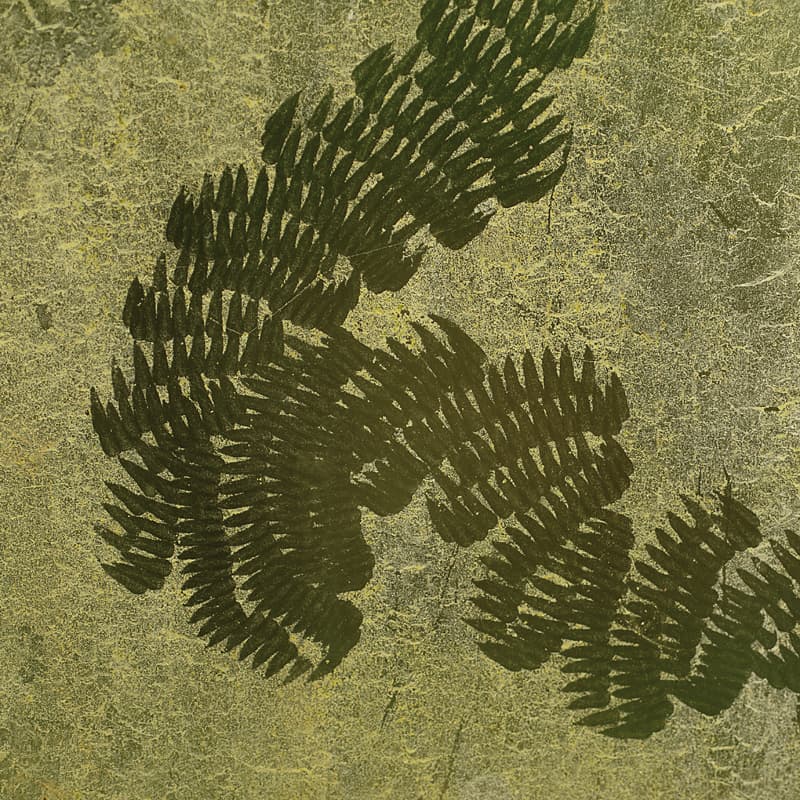Photo Insight with Heather Angel
 An internationally renowned photographer of the natural world and author of more than 50 books, Heather brings her expertise to AP.
An internationally renowned photographer of the natural world and author of more than 50 books, Heather brings her expertise to AP.
This is a shot that I am very fond of using in my lectures. I always ask people if they can guess what it is and incredibly there has been only one person who has identified it correctly from the hundreds who have seen it.
The image was taken during a visit to the province of Yunnan, in south-west China. I was there to photograph inside a tropical butterfly glasshouse. I had taken all the shots I needed for that day and moved out of the glasshouse to pack away my gear. I was kneeling on the ground and putting everything away when I happened to look up at the glass in front of me. For the first time in my visit I noticed that there was a thin yellow-green film on the inside of the glass.
The film was actually algae, organisms that tend to grow in damp and warm conditions. Some live in water, while others live on gates, fence posts and trees. On this occasion the algae had appeared because of the constant spraying of water for the plants. As I started to look a little closer I began to see the incredible feeding trails you see here. At first I wasn’t sure if the trails were made by a snail or a slug, but after a little detective work I discovered they were made by a snail.
Something that not many people seem to realise is that snails eat using a ribbon-like tongue – or to use its technical name, a radula. The radula has thousands of tiny teeth that line the surface and they serve to rip the food into manageable pieces for the snail to consume. You’ll find that many snails, such as the ones that occupied this butterfly house, are herbivorous and survive on plants and algae. Having said that, some species can be either omnivores or carnivores. It’s enough to give you nightmares!

I had a guard with me and I told him that I needed to stop just for a minute and take a photograph of the trail. He hadn’t noticed it before and couldn’t understand why I would want to take an image of something that seemed utterly mundane. Then I got him to have a look through the viewfinder and he seemed amazed that such a strange subject could make a successful photograph. That can often be the case with shots like this. What can seem like a random detail or something seemingly lacking in character can take on a whole new life through the viewfinder. Once you isolate your subject and surround it in the black frame, you can begin to understand the potential of something.
This was a very simple shot to take. I used a Nikon 70-180mm lens on a Nikon D2X camera, which is a model that didn’t quite have the advanced light-metering capabilities of some of the cameras that came later. It meant that I couldn’t push my ISO down to 100 or lower and had to stick at 200. Any grain issues really would not have made any difference to a shot like this anyway as the detail in the algae is pretty grainy as it is. Plus, as I was working with a static subject, it didn’t matter how slow my shutter was, which on this occasion was 1/60sec at f/5.6.
You can find these tracks in your own back garden. If you have a white gate or fence that is covered with a layer of algae, you’ll be able to find a trail and see how fascinating these details are for yourself. Trails like this can offer all sorts of possibilities with regards to composition, colour and texture. The algae is vivid and interesting on its own, but once you introduce an unusual element such as a feeding trail your image is elevated to something a little more abstract.
As I mentioned earlier, this image goes to show that what may appear to be a bit of a boring shot can actually end up being something incredibly interesting. You should always keep your eyes open for unexpected macro shots, although it’s important to understand that there’s no real system for developing that kind of eye – it’s something you learn through experience. You have to be in a constant state of awareness and keep your eyes peeled. You must learn to see the world on a macro level and tune yourself into the finer details of your immediate environment. Once you have done that, you’ll see there is whole other world beneath your feet – one that is full of life and gorgeous fractal patterns.
Heather Angel was talking to Oliver Atwell

To see more images by Heather visit www.heatherangel.co.uk or www.naturalvisions.co.uk. Heather regularly runs workshops at the British Wildlife Centre. For information on courses run by Heather and her son Giles, visit www.photographyandphotoshopcourses.co.uk







